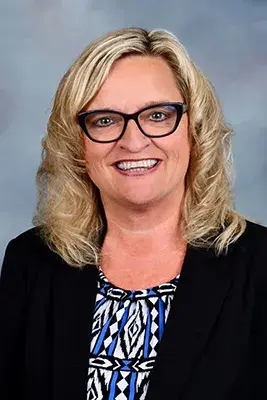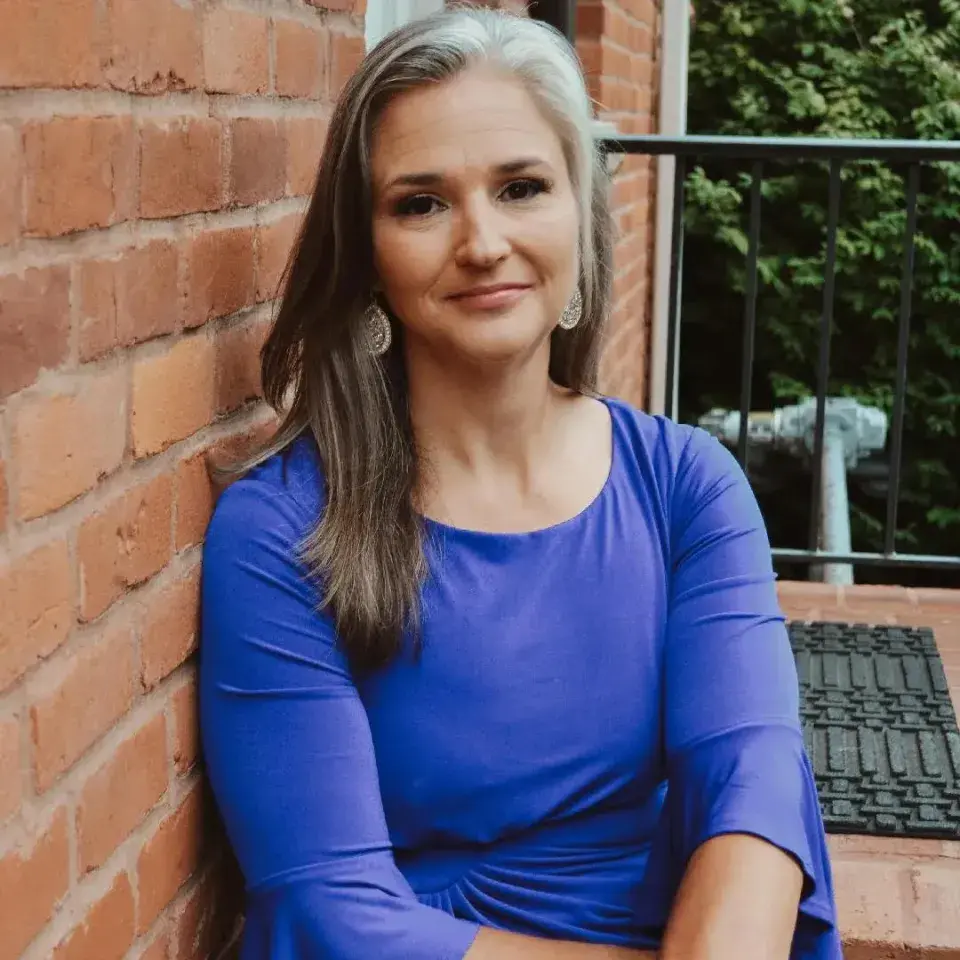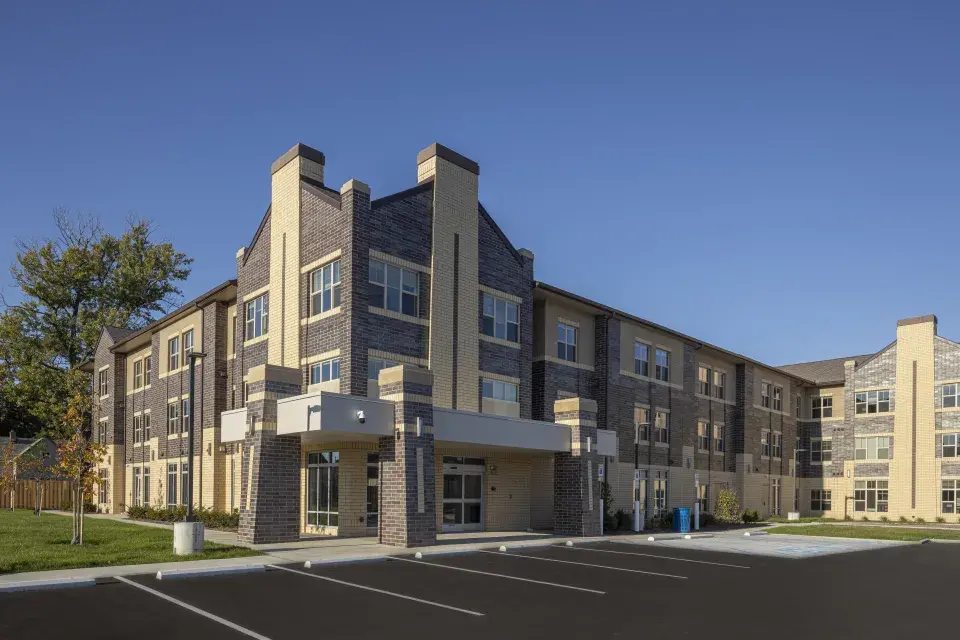As the nation grapples with a host of challenges including rising rents and increases in homelessness, organizations across the country continue working to make sure there’s enough secure and stable housing for people who are most vulnerable. To do this, they are partnering with social service providers and community groups to ensure that people who need housing receive the range of services needed to remain stably housed for the long term.
“The programs and individuals that help people exit homelessness are often the unsung heroes in our communities,” said Lindsay Knotts, Enterprise’s senior director of public policy. “You don't even necessarily know that they're there, but they're helping some of our most vulnerable neighbors stay safely connected to housing and the kind of supports that they need. These programs make our communities stronger and benefit all of us.”
Meanwhile, concern is intensifying over expiring contracts for the federal grants that fund these programs and reports of dramatic cuts for supportive housing, an approach that aims to help people with disabilities achieve housing security by pairing homes with services. To hear about what’s working now and the potential impact of a loss of funding, we checked in with three leaders from organizations that specialize in supportive housing — Elaine Gimmel, executive director at EDEN Inc., Cleveland; Tennille Limer, chief program officer, West Virginia Coalition to End Homelessness; and Cullen Ryan, executive director at Community Housing of Maine.
These three nonprofit leaders, with unique geographic and demographic perspectives, agreed on the urgent need to reinforce funding for supportive housing programs. And while their approaches vary, they also agree on the basics: supportive housing helps individuals remain housed, saves money, and ultimately bolsters the whole community.
Here’s what we heard from Gimmel, Limer, and Ryan.
Supportive housing:
1. Helps individuals with wraparound services

Housing is a first step to provide stability and a path forward for people who have experienced homelessness or housing instability. “When a person gets into housing, there’s so much more that we have to look at beyond what unit they will inhabit,” said Elaine Gimmel. “What are the things they haven’t focused on because they’ve been homeless? Do they need income and insurance? Do they need to reconnect with mental health services and either get back on medication or work on their sobriety?”
Gimmel stresses that partnerships with organizations that provide key wraparound services are the key to success at EDEN Inc., which has grown exponentially over the past 34 years. Among other programs, EDEN owns and manages 850 units of supportive housing for chronically homeless individuals in the Cleveland area with an additional 112 units in development. “What’s really beautiful about our supportive housing initiative is how we really tried to find agencies who had expertise in the various areas of real estate development, property management, and supportive services, and work together…it's really about collaboration.”
2. Saves money
“We pursue supportive housing because it works, because it transforms lives, and it's a very effective strategy,” said Cullen Ryan, executive director at Community Housing of Maine. “It also saves money.”

Research conducted in Portland, Maine showed that supportive housing is significantly cheaper than alternatives, Ryan said, noting that the study showed that, compared to housing, it’s 28 times more expensive to be in the hospital, four times more expensive to be in jail, and 84 times more expensive to be in the state psychiatric facility. “It’s clear that by getting people housed, we are actually saving an awful lot of money for the broader population and community,” Ryan said.
When a person receives the support and services to remain housed, it becomes less likely they will need “big ticket” services such as repeat emergency room visits, Gimmel reiterated. “There is a disparity in cost,” she said. “But then also, when think about having a roof over someone’s head, a place to call home, is priceless.”
3. Strengthens the community
Tennille Limer echoed that, from her perspective in West Virginia, “when people are stably housed, we see fewer folks in the ERs, fewer police calls, and potentially less strain on our local systems.”

Beyond that, Limer stressed that individuals served by WV Coalition to End Homelessness are rejoining their community. “They are going to work, volunteering, reconnecting with family, and for that matter, just beginning to live a life in that community,” Limer said. “All of this makes our towns more compassionate and more empathetic.”
Limer’s organization serves 44 of the 55 counties in West Virginia, providing direct services and acting as the Continuum of Care lead. While their efforts to secure housing for individuals who’ve experienced homelessness across the state are successful, the organization continues to look for ways to fan out even more broadly to engage with smaller communities, police departments, and community partners “to create a hub in these smaller, rural communities.”
What’s at Risk
Limer, Ryan, and Gimmel agree that federal cuts to the services that fund supportive housing programs would likely have a devastating impact on the individuals and communities they serve.
“Without supportive housing, many of the folks that we've worked with would fall back into homelessness or potentially into a crisis situation,” Limer said. “That would really undo years of progress, not just for them, not just for us as organizations, but for our communities that we're serving across our state and our rural communities specifically.”
In Maine, Ryan echoed that cuts to supportive housing services risks undoing years of progress. “We have worked to house populations that were chronically homeless for literally decades. It’s slow, very challenging work for every single human being.”
Said Gimmel: “If we don’t have that federal support and administrative infrastructure, I just don't see our local or state governments being able to pick up that slack … So much could be lost. Supportive housing works and it’s just the most dignified approach.”
Knotts added: “At Enterprise, our mission is to make sure home and community are places of pride, power, and belonging for everyone. To achieve it, we’re committed to partnering with communities and organizations across the country to scale and innovate on solutions like supportive housing and the range of opportunities we all need to thrive.”




